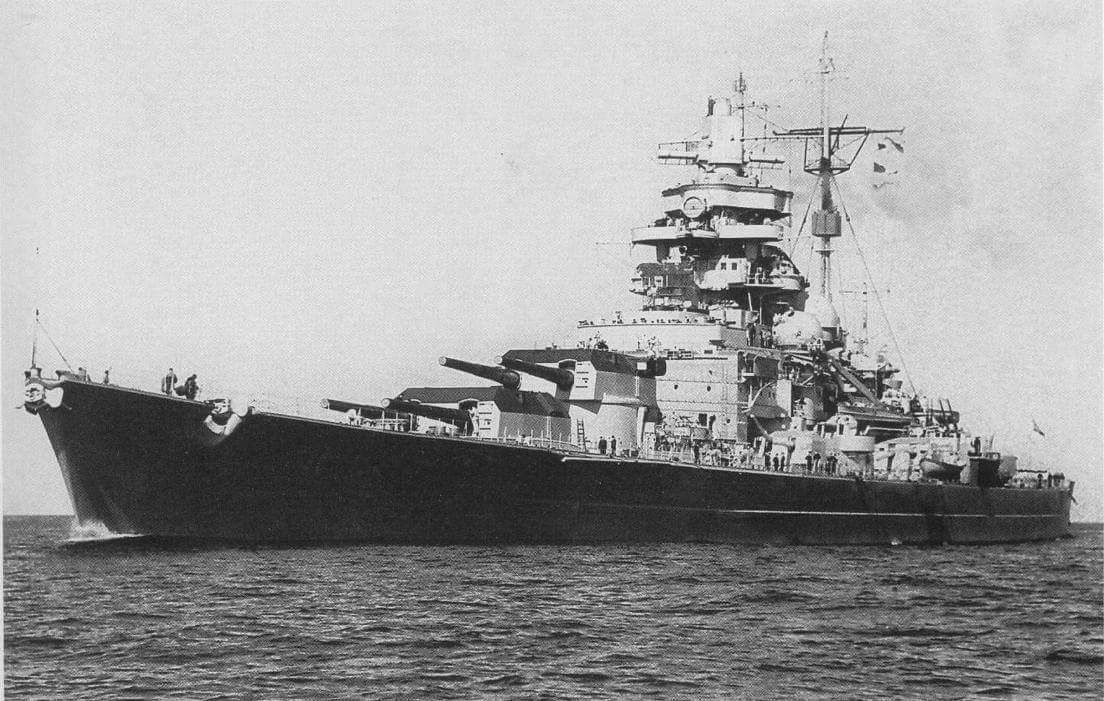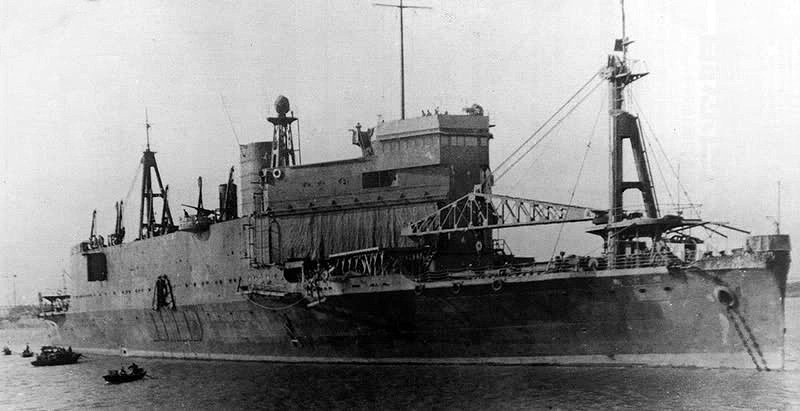
The Yamato class are best remembered for their massive guns and thick armor. Speed is the last thing on anyone's mind when discussing these dreadnoughts.
However, Japanese designers put considerable thought into the speed of the class.
However, Japanese designers put considerable thought into the speed of the class.

The most famous feature was the bulbous bow.
Contrary to popular belief, the bulbous bow was not a Japanese invention. However, they did introduce what was the most radical design yet, one that offered superior performance to her contemporaries.
Contrary to popular belief, the bulbous bow was not a Japanese invention. However, they did introduce what was the most radical design yet, one that offered superior performance to her contemporaries.

The effect on performance was significant. At top speed, the bulbous bow reduced the amount of power needed by about 8% or 12,000 shp. Meaning that without the Bow, the Yamato class would need roughly 162,000shp to reach her maximum speed. 

The Yamato hull was also highly optimized for speed.
Japan conducted extensive testing on various hull designs. These tests involved everything from tank models to full size tests using the then demilitilarized Hiei.
Japan conducted extensive testing on various hull designs. These tests involved everything from tank models to full size tests using the then demilitilarized Hiei.

The result was the interesting coke bottle hull shape.
Despite the wide beam of 128' (38.9m), the hull form allowed water to easily move around the hulll.
This reduced the amount of power needed to push so much ship through the water.
Despite the wide beam of 128' (38.9m), the hull form allowed water to easily move around the hulll.
This reduced the amount of power needed to push so much ship through the water.

Even the stern was optimized for efficiency. The hull gradually tapered towards the stern before suddenly ending in an almost miniature transom stern. This was also heavily tested and based on full scale trials.
(Credit to Yamato Museum)
(Credit to Yamato Museum)

Even the rudder design was chosen in the bid for performance.
Japanese designers opted for twin rudders in an inline arrangement (A trick used by other navies as well) to help reduce water resistance.
(Ditto)
Japanese designers opted for twin rudders in an inline arrangement (A trick used by other navies as well) to help reduce water resistance.
(Ditto)

The result of all this development was an impressive top speed exceeding 27 knots. This was equal to or just under that achieved by all of her contemporaries at the time of her entry into service. Impressive considering Yamato displaced about 30k tons more. 

Sadly, due to the destruction of records. We won't know exactly how fast the class could reach. By forcing the engines, she might have picked up an extra knot or two of top speed. 

Still, let it be said that the Yamato class was a masterpiece of Japanese naval design. Truly no expense or effort was spared to squeeze every drop of performance from the hull.
#Japan #WW2 #History #Navy #wednesdaythought #WednesdayMotivation
#Japan #WW2 #History #Navy #wednesdaythought #WednesdayMotivation

• • •
Missing some Tweet in this thread? You can try to
force a refresh


















